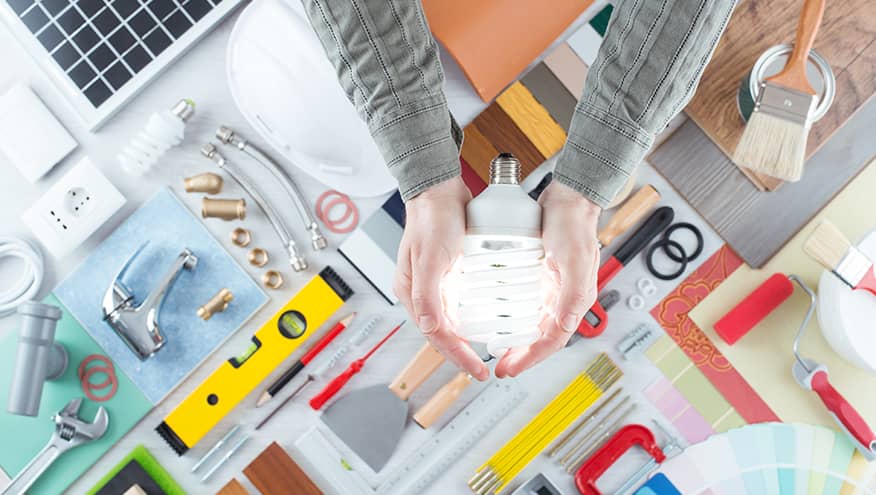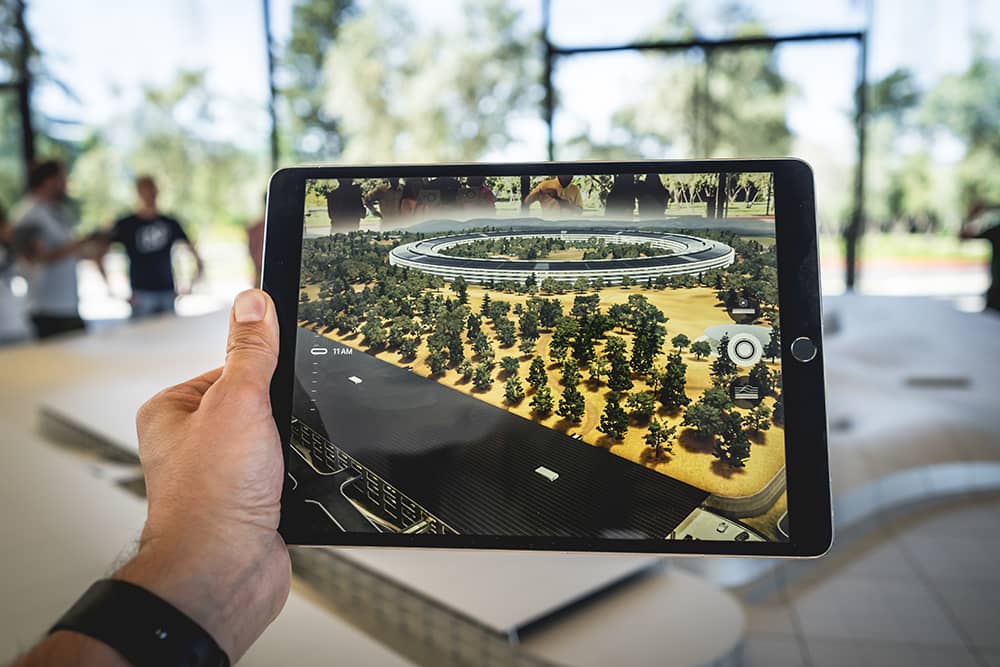Next to Metro Manila, Cebu City is the second most populated area in the Philippines. Being the Visayan capital and the main economic stronghold outside Luzon, Metro Cebu rapidly became urbanized and dense as numerous BPO and multinational companies locate in the city and opened opportunities for locals and residents moving in from neighboring islands and provinces.

As the city’s corporate community expands, more commercial establishments were built and developed, especially in Cebu City’s main business district. However, an in-depth report by the Organization for Economic Co-operation and Development (OECD), an independent organization that stimulates the economic progress and world trade, found that in order for the city to keep up with its ‘rapid urban sprawl’ , sustainable real estate should be pushed in the city to encourage continued economic development while minimizing either negative ‘environmental externalities or the unsustainable consumption of natural resources and environmental assets’.
Sustainability in real estate has long been a standing movement in the industry. As the world became more aware of the importance of promoting health, wellness, and preserving the environment, the call for green real estate was also amplified in the Philippines, especially in Cebu.
Why is there a need for a greener Cebu?
In the same report by OECD, Metro Cebu’s economic steady economic growth and commercial real estate expansion are causing a strain on the other aspects of the city’s development. As mentioned in the report, the growth of Metro Cebu’s urban population has emphasized other potential weak spots in the city including an integrated public transportation system that can contribute to traffic congestion and pollution.
Keeping up with international building and commercial standards, homegrown developer JEG Development Corporation (JDC) advocates green buildings and sustainable real estate to raise the quality of work and office spaces within Cebu City. JEG Tower @ One Acacia is an award-winning commercial development, recognized for its state-of-the-art technology in promoting sustainability and health while complimenting its sophisticated design.

Led by third-generation Cebuano leaders, JDC pursues a more sustainable path as part of their contribution to their family’s legacy and to the green growth of the province. Chief Operating Officer Marko Sarmiento, Brand Manager Ayla Gomez, and Estate and Business Development Manager Stefan Garcia agree that guided by their company values, JDC’s main thrust is to enrich the lives of the communities where their properties are built.
“Integrity guides everything we do, and we are mindful of our impact on the environment and to the future generations of Cebuanos,” Gomez explained.
“We are a young and dynamic player in Cebu’s real estate industry, we’re making our contribution by having a long-term view in developing liveable and sustainable communities,” Sarmiento expressed in a previous interview. “We may be a relatively new player in the industry, but our local roots are strong and deep, which is why we are committed to always uplift Cebu through our properties especially with the many adjustments because of the pandemic,” he added.
Premium Standard in Green Real Estate
JEG Tower @ One Acacia is JDC’s flagship vertical project was the winner of the 2020 PropertyGuru Property Awards Philippines’ Best Green Commercial Development in the country. The 22-storey office and retail tower was also recognized by Leadership in Energy and Environmental Design (LEED) with a pre-certified Silver rating.
The tower uses green techniques and applies extensive plans for soil erosion, waste management, and air quality. Aiming to create a less polluted environment leads to better public health, which is very crucial in the post-pandemic era.
“By pivoting towards green development, Cebu would be a better place to live, work, and do business in, as this would reduce both pollution and illness by improving the air quality, waste management, and livability of our urban areas,” Garcia shared.
Discover why JEG Tower @ One Acacia is the best place to work in Cebu City. Contact Lorenzo Martin E. Rodriguez at (+63) 917-825-6884 to schedule a viewing today!



























